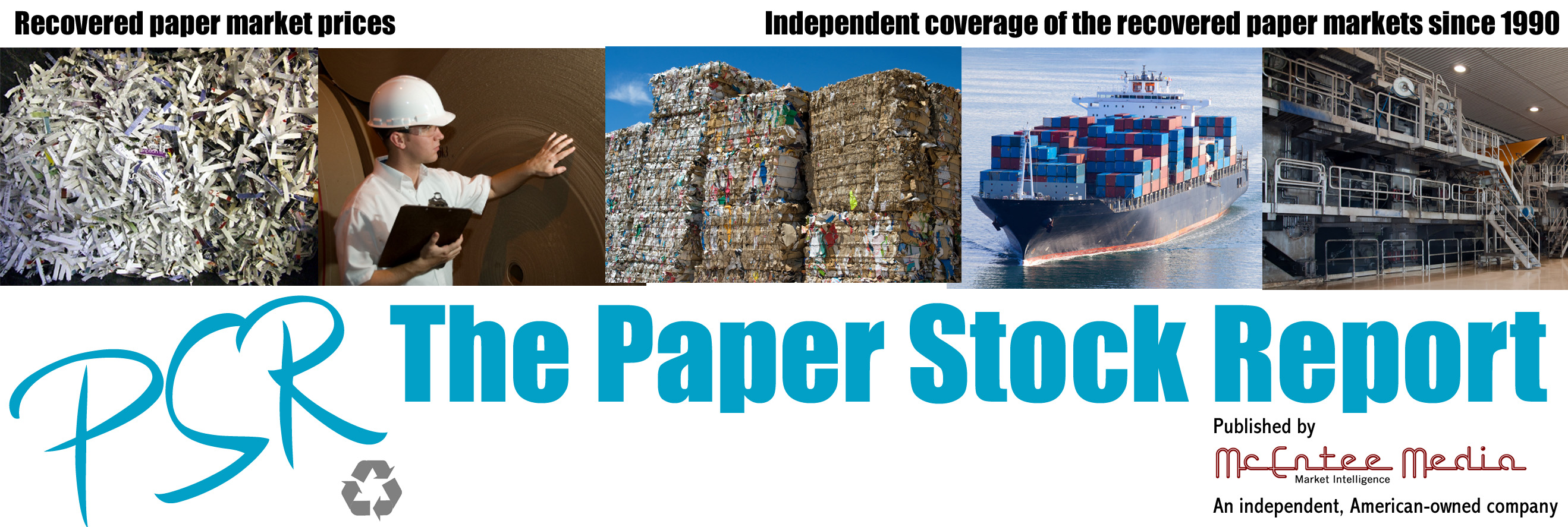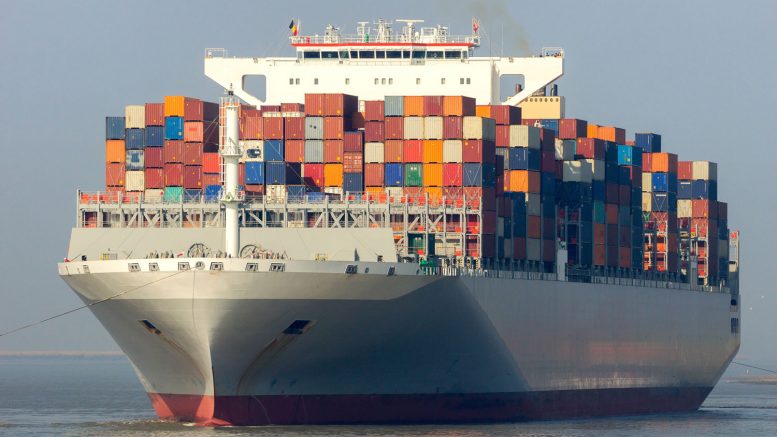The National Waste and Recycling Association (NWRA) has released an update on how the waste and recycling industry has responded to India’s recent decision to set tighter limits on contamination in mixed paper.
“The waste and recycling industry is resilient and continues to adapt to evolving market conditions as international markets change and domestic markets grow,” said Darrell Smith, president and CEO of NWRA. “This is a dynamic situation that is subject to change.”
The announcement that India will place a 1 percent contamination limit on mixed paper and will conduct random inspections of five bales per container is the latest national policy with significant impacts for U.S. mixed paper exports.
Through November, India accounted for 41 percent of the 2.5 million tons of mixed paper exported from the U.S. As a result of the new announcement, NWRA noted, all mixed paper exports to India have halted until there is certainty in India’s requirements. The domestic impacts of the disruption vary regionally.
The most significant impacts, NWRA said, are being felt on the eastern seaboard except for Atlanta, which has sufficient domestic capacity. Barring any further changes from the export markets, these disruptions are anticipated to be temporary – lasting 30 to 60 days.
- NWRA created the following timeline of the mixed paper market disruption:
February 2017 – as part of China’s broader “National Sword” campaign, customs enforcement began a one-year crack down on illegal smuggling of “foreign waste.” - January 2018 – China bans mixed paper from being imported.
2018 to present – As a result of the ban, China’s imports of mixed paper plummet from 1.8 million tons in 2017 to 92,000 tons in 2018 to 53,000 through October 2019. - India becomes dominant export country for mixed paper, rising from less than 15 percent of the market prior to 2018 to greater than 40 percent.
- July 2018 – China releases draft rules that propose a complete ban on recyclable imports effective 2020
- 2019 – Indonesia, the second largest export destination in 2018, announced a 0.5 percent contamination limit on mixed paper. Exports drop by 95 percent from 47,000 tons in January 2019 to 2,000 tons in October 2019.
- January 2020 – India announces strict one percent allowable contamination and random inspections of containers.
According to NWRA, the impacts to recycling in the U.S. include:
- No outlet available at any price. Since February 2019, the average price of mixed paper in the U.S. has been negative. Depending on the market, there might not be an outlet for mixed paper bales at any price.
- Temporary disposal of processed mixed paper bales. Without an outlet, there may be short-term disposal of mixed paper bales.
- Higher costs and lower revenues.
- Lower revenues due to depressed commodity prices.
- Higher processing costs. In order to meet the new quality standards, MRFs have upgraded equipment and added labor. Processing at some facilities has been changed from negative sorts to positive sorts resulting in more effort to produce less salable material. These measures reduced throughput and increased processing costs.
- Stockpiling issues. Due to storage capacity issues, stockpiling is not a viable option. Warehousing is also an issue due to availability of space and costs of facilities. The quality of processed bales of mixed paper deteriorates over time which creates unacceptable safety hazards and unmarketable recycled product.
- Regional variations. The impact varies by region and local markets across the country.
- Development of new outlets. Numerous new or expanded facilities have been announced which will provide new domestic outlets for materials, especially recovered paper. When these facilities will begin accepting materials, however, is uncertain due to its independent infrastructure development.
NWRA recommended actions to take:
- Ensure high quality recyclables. High quality material is more likely to find a market. The new one percent prohibitives limit is below normally accepted standards. However, high quality material will be welcomed by both domestic and international markets. Focus on core recyclables to reduce contamination.
- Work with the entire industry. This is a global and an industry-wide issue, not a local or individual company issue. Our industry will benefit if we work together with city and state officials to develop solutions in the near term and to work together for longer term solutions.
- Communicate. It is important to communicate with recycling partners to focus on quality and to develop solutions for your communities.
- Review contracts. Recycling requirements may need to be amended through force majeure provisions as this is a global situation. In addition, both recyclers and municipalities should review contracting provisions to ensure fair and equitable contracts. NWRA and the Solid Waste Association of North America worked together to develop a Joint Advisory on Designing Contracts for Processing of Municipal Recyclables along with two attachments, one on auditing and the second on determining the value of recyclables. These documents should be utilized to inform future
contracts. - Talk with regulators. States may need to approve temporarily suspensions of recycling requirements where there is no market.

